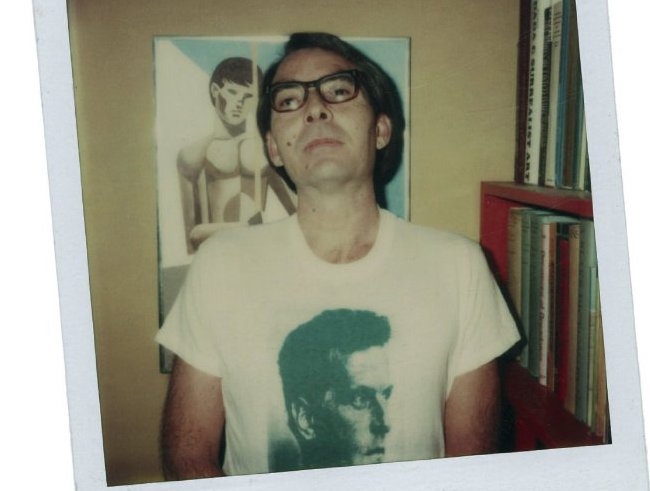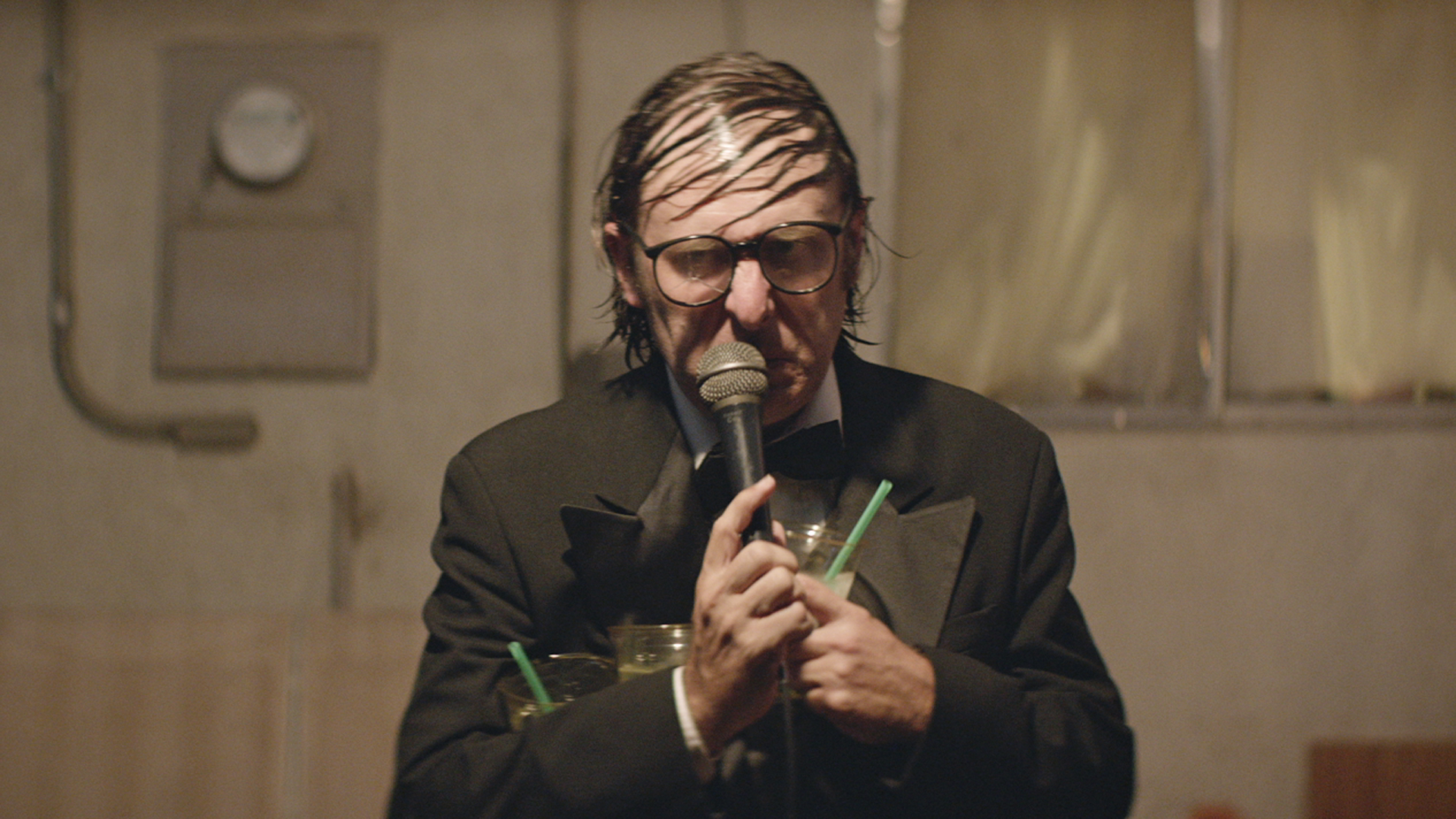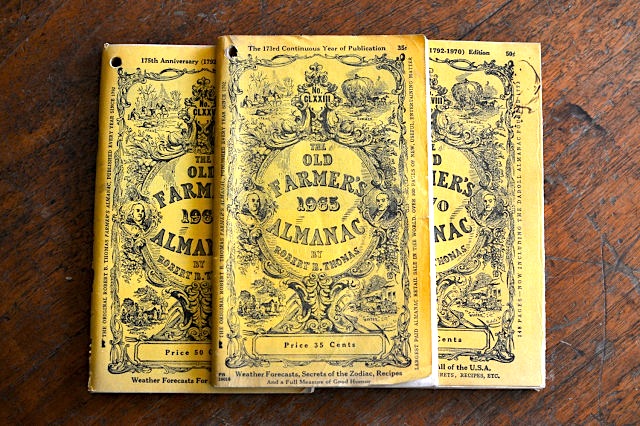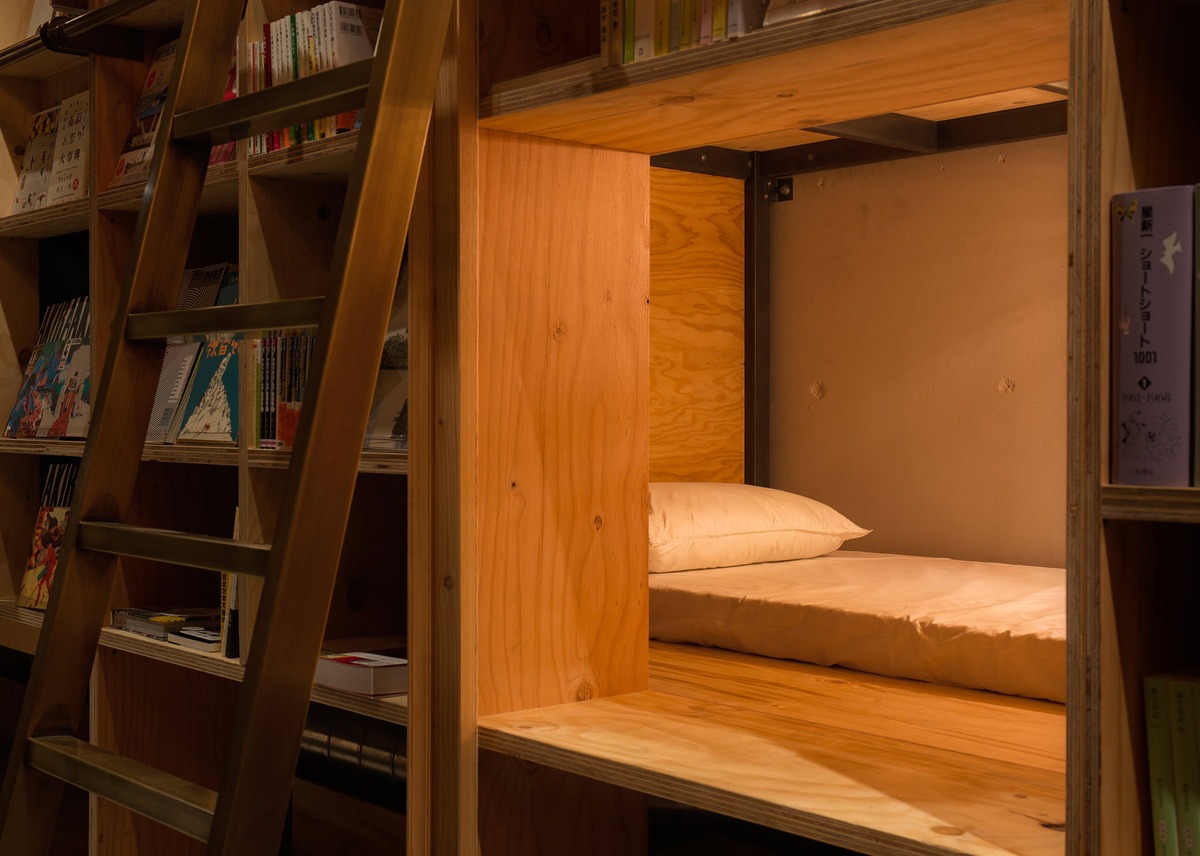With just a few hours left to build a groundbreaking gadget,Watch Mom's Guide to Sex 12 Online things weren't going as smoothly as planned.
Six young women, all undergrad engineering students at MIT, had established a lofty goal: to create the first-ever affordable device that immediately translates printed text into Braille. The idea could prove revolutionary for the blind community, transforming how they read while also creating sorely needed opportunities for children with low or no vision.
But throughout the hectic, 15-hour MakeMIT hackathon last February, the women — competing as Team 100% Enthusiasm — were running into snags. The lines for hackathon participants to use the 3D printers were taking forever. The team laser-cut the wrong material for the casing. And the optical recognition software they wanted to use — crucial for the device to actually work — wasn't turning up accurate translations of text.
"It turned out to be a lot harder than we thought," says Charlene Xia, one of the team members.
SEE ALSO: This blind Apple engineer is transforming the tech world at only 22With only 15 minutes left on the clock, they finally had a working prototype — albeit a crude one. The device was big and hastily taped together in places, with wires poking out and only a few pins for Braille characters.
"It was janky," Xia says, laughing. "But it worked."
 Original image has been replaced. Credit: Mashable
Original image has been replaced. Credit: Mashable It did indeed work, enough so to take first place in the hackathon. The device, dubbed Tactile, had been born.
A year later, Team 100% Enthusiasm has been renamed Team Tactile. The women are already making waves with their invention, both in terms of accessibility and advancing the visibility of women in tech.
But with a ways to go before Tactile hits the market, and big plans for the future, they're really just getting started.
 Original image has been replaced. Credit: Mashable
Original image has been replaced. Credit: Mashable Right before the hackathon, the young women were sitting in Xia's bedroom, deciding what to build. Their ideas ranged from a dancing robot so people wouldn't be lonely at clubs to an alarm clock that would wake you up by splashing water in your face.
They quickly realized, however, that they really wanted to create something that could change the world for the better.
 Original image has been replaced. Credit: Mashable
Original image has been replaced. Credit: Mashable  Original image has been replaced. Credit: Mashable
Original image has been replaced. Credit: Mashable One teammate brought up a concept design she'd seen of a Braille watch. They toyed with the idea of building a text-to-Braille converter, but figured something like that had to already exist. So they did what any of us would do — they Googled it.
"We were like, 'Holy crap. Why is this so expensive?'"
"There were a few things, like refreshable Braille technology, that cost like $3,000. And we were like, 'Holy crap. Why is this so expensive?'" Xia says.
According to the American Foundation for the Blind, refreshable Braille displays, which typically help blind users read information from a computer screen, cost between $3,500 and $15,000 depending on the number of characters they have. Portable devices on the market, like the Android-based B2G, still cost around $2,500. The technology is expensive, and just two companies essentially have a duopoly on the tech. The devices are typically sold by the Braille dot (one character has six dots), and they can go for $30 or more per dot.
But Tactile, proposed to be the size of a candy bar with 36 characters (216 dots), could cost as little as $100.
 Original image has been replaced. Credit: Mashable
Original image has been replaced. Credit: Mashable Here's how it works: You slide the device over printed text, like a book, menu, or even a packaging label. The camera captures images of the words and sends them to a microcontroller, which then performs text recognition. That information, via an electromagnetic activation mechanism, moves the pins up and down at the top of the device, translating the text into Braille. Like with other displays, the Braille characters physically refresh as they scroll through sections of text.
"We're using cheaper material and an easier manufacturing method," says Xia, and this drives down prices.
$100 is just an estimate. But even if they land at $200, Team Tactile still thinks it will be a success.
 Original image has been replaced. Credit: Mashable
Original image has been replaced. Credit: Mashable Approximately 1.3 million Americans are legally blind, though millions more live with a visual disability. At the end of 2015, an estimated 61,739 students were reported as legally blind. Globally, 39 million people are blind and 246 million have low vision.
"Braille displays are more or less the same as they were 30 years ago."
But if you think about how much the iPhone has evolved over just the past decade, the stagnant Braille display market looks archaic in comparison.
Since the blind community is a relatively small percentage of the overall population, there's a perceived lack of demand for improved Braille technology. There's not a huge incentive for companies to develop better tech for the blind.
As a result, Braille displays are more or less the same as they were 30 years ago.
 Original image has been replaced. Credit: Mashable
Original image has been replaced. Credit: Mashable In the advent of new technologies like VoiceOver and other text-to-speech software, Braille literacy rates are declining. Only an estimated 10 percent of children learn Braille today, because it's often seen as too difficult, time-consuming or outdated to teach. But advocates argue Braille is just as important as ever, especially when it comes to employment.
"We really hope this technology will offset the market and just open up some competition."
Up to 70 percent of blind people are unemployed, according to widely cited statistics, due to discrimination, misconceptions, distance barriers and other factors. But 80 percent of blind people who areemployed have something in common: They can all read Braille. It helps them learn things like grammar and punctuation, and how to read charts and graphs — all difficult, if not impossible, to learn using text-to-speech.
"One of the biggest things we learned is that most visually impaired families fall below the average income class," Xia says. "They don't have the proper education ... because they can't afford the tools to get the information they need to get higher-income jobs."
It's a vicious cycle, Xia says, and one Team Tactile hopes to break.
"We really hope this technology will offset the market and just open up some competition, and drive the price down as much as we can," she says.
Regardless of how it was conceived and produced, Tactile is an invention that can open doors for the blind community.
Nevertheless, it's noteworthy that it was six young women in their early 20s who created such a life-changing device. The number of women in science, technology, engineering and math (STEM) fields is still lackluster, thanks to stereotypes, bias and an often unwelcoming climate at universities.
To wit: In 2013, only 18 percent of people who graduated with a computer science degree in the U.S. were women. Professionally, women make up only 29 percent of the science and engineering workforce. A recent study found that gender stereotypes around STEM can affect girls as young as age six.
 Original image has been replaced. Credit: Mashable
Original image has been replaced. Credit: Mashable But gender doesn't change anything for Team Tactile. "Our team isn't really thinking, 'Oh, we're women,' working differently in any way," says team member Tania Yu. "This is what we enjoy, this is what we want to do, so we just went for it."
And that's Team Tactile's message for young girls: If you're interested in science and engineering, don't be afraid to go for it.
"They can see us and be like, 'They can do it; we can do it, too.' And they don't have to feel like it's only men doing this," Yu says.
SEE ALSO: 8 ways you can empower girls to learn codingXia sees a lot of Facebook posts and videos of new inventions, and the inventors always seem to be men. She admits it can be subconscious for younger girls. If you only see men doing it, you might start to believe women can't.
"We're happy that when we have a Facebook post up about our project, maybe girls are watching it ... and maybe they'll consider applying to STEM fields and try it out," Xia says.
After last February's hackathon, Team Tactile was accepted into Microsoft's #MakeWhatsNext patent program, which provides legal help to women inventors throughout the complex process of getting a patent. They applied last September, and Tactile received "patent pending" status that same week.
In the meantime, they're working on different iterations of the prototype, aiming to meet the accepted standards for refreshable Braille displays in terms of size and durability.
 Original image has been replaced. Credit: Mashable
Original image has been replaced. Credit: Mashable The last step is creating an accompanying app, so people can connect Tactile to their smartphones and use the device beyond printed text.
"We plan for this semester — our last semester — to be a sprint toward our goal," Xia says. "A couple of people on our team have already decided to work on this after graduation. But, ideally, by the end of this semester — June of this year — we will have our first ideal prototype."
And Team Tactile won't stop there. The long-term goal is to see this brought to production. Ultimately, they want any blind or low-vision child to be able to use to the device for all purposes, from school to everyday life.
"We want this to open up information access to the entire visually impaired community," Yu says. "We can really help remove some of the various barriers they face."
Topics Social Good Gadgets
Previous:Mary Shows Up
Next:'Thunderbolts*' mid
 Amazon Pet Day: All the best deals
Amazon Pet Day: All the best deals
 Culture Is a Wonderful Fiction: Guy Davenport’s Journals
Culture Is a Wonderful Fiction: Guy Davenport’s Journals
 Elon Musk strips headlines Twitter/X links because he didn't like how they looked
Elon Musk strips headlines Twitter/X links because he didn't like how they looked
 Kilroy Is Still Here: Soldiers, Graffiti, and Latrinalia
Kilroy Is Still Here: Soldiers, Graffiti, and Latrinalia
 Whale Vomit Episode 5: Startup Monarchy
Whale Vomit Episode 5: Startup Monarchy
 'Fair Play' review: Does this corporate thriller live up to the hype?
'Fair Play' review: Does this corporate thriller live up to the hype?
 Rick Alverson Discusses His New Film “Entertainment”
Rick Alverson Discusses His New Film “Entertainment”
 How The Old Farmer’s Almanac Predicted the Information Age
How The Old Farmer’s Almanac Predicted the Information Age
 Robin Triumphant
Robin Triumphant
 Kilroy Is Still Here: Soldiers, Graffiti, and Latrinalia
Kilroy Is Still Here: Soldiers, Graffiti, and Latrinalia
 The Song Stuck in My Head: “Skylark”
The Song Stuck in My Head: “Skylark”
 On René Daumal’s “Mount Analogue”
On René Daumal’s “Mount Analogue”
 At Tokyo’s Book and Bed, Readers Are Encouraged to Doze Off
At Tokyo’s Book and Bed, Readers Are Encouraged to Doze Off
 Nintendo Switch 2 preorder just days away, per leak
Nintendo Switch 2 preorder just days away, per leak
 Changing my Slack sound to 'Hummus' made me less stressed
Changing my Slack sound to 'Hummus' made me less stressed
 Windows 12 will not be a free upgrade, according to a new leak
Windows 12 will not be a free upgrade, according to a new leak
 The Perils of the Early Riser
The Perils of the Early Riser
 Best vacuum mop combo deal: Save $140 on the Tineco Floor One S5
Best vacuum mop combo deal: Save $140 on the Tineco Floor One S5
 How to use Bing Image Creator with DALL
How to use Bing Image Creator with DALL
Should I let my kids play 'Fortnite: Battle Royale' or 'Minecraft'?'Fortnite' partners with the NFL and it's honestly kind of grossNintendo announces final two characters of 'Super Smash Bros. Ultimate'5 ways to text from your laptopAxl Rose isn't cool with Trump playing Guns N' Roses at his ralliesTrump staffer shut down in extremely awkward CNN interviewJohn Stamos shares heartwarming tribute following his dog's deathWhy Apple will no longer report iPhone salesMcDonald's recalls Happy Meal fitness trackerAxl Rose isn't cool with Trump playing Guns N' Roses at his ralliesiOS 12.1 extends controversial processor throttling feature to the iPhone 8, 8 Plus, and X'The Walking Dead's Andrew Lincoln to return as Rick Grimes in film seriesPeter Dinklage teases brutal 'Game of Thrones' Season 8 battleHow Netflix's 'Sabrina' fails its intersectional feminist promiseTed Cruz makes a Zodiac Killer Halloween joke in a last'The Walking Dead's Andrew Lincoln to return as Rick Grimes in film seriesAllow Blue Ivy Carter to stare right through your soulWhy Apple will no longer report iPhone salesPeter Dinklage teases brutal 'Game of Thrones' Season 8 battleLarge naked statues of Donald Trump are appearing all across America Asia's richest man greets 40,000 employees dressed as Michael Jackson Paris Hilton tweets a deep question, gets some spectacular replies This chatbot could help you sue Equifax Good lord, please get this snake off the subway If you have an iPhone 7, you should not buy an iPhone 8 Your reading list just got longer—the 2017 National Book Awards longlist is here A teenage skier manages to keep all bones intact after an intense Parkour training session Facebook is testing a new video feature for Android and it could be a game Before and after photos show Hurricane Irma's devastation in the Caribbean Get ready to see way more vertical ads on Facebook 'It' sequel plot details reveal a big change for one character Ted Cruz just liked a super NSFW tweet and people are cringing so hard Hillary Clinton may have found the one person more annoying than Ted Cruz Apple tried to show off Face ID, and it was so embarrassing 6 Apple Event songs that'll put you on a listening binge iPhone 8 cases from Case Say hello to AirPower, Apple's new wireless charging pad NES Classic Edition is coming in 2018, Nintendo promises Slack is ready for its next act: global domination The iPhone 6S is the last of the great iPhones, everything else is trash
2.5523s , 10204.296875 kb
Copyright © 2025 Powered by 【Watch Mom's Guide to Sex 12 Online】,Wisdom Convergence Information Network